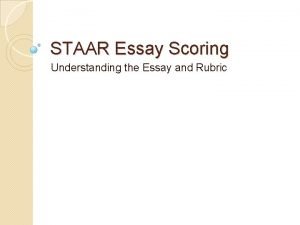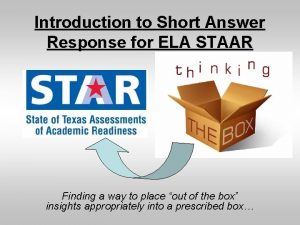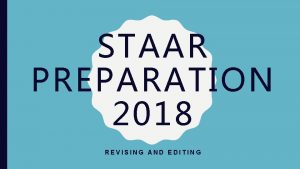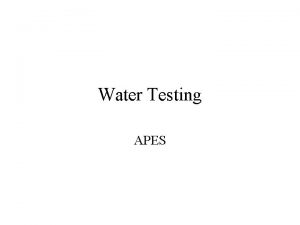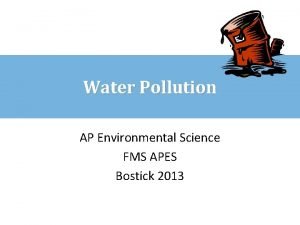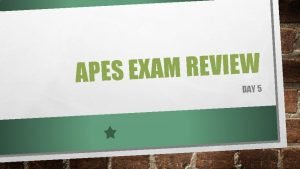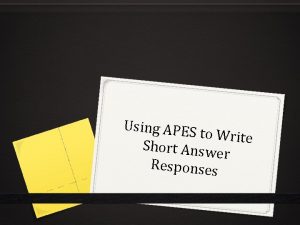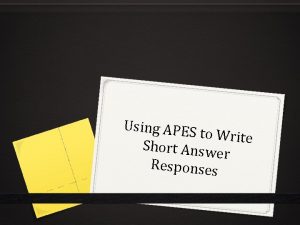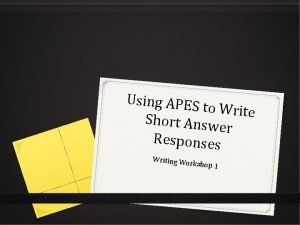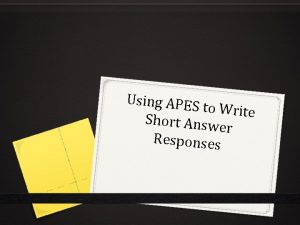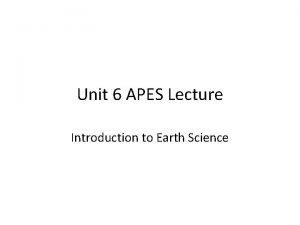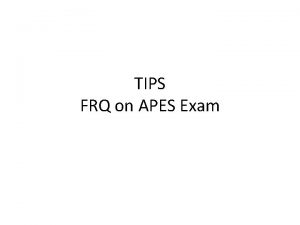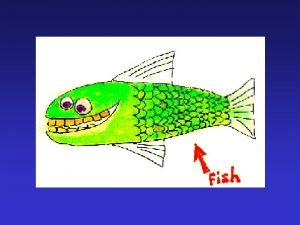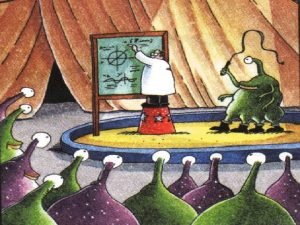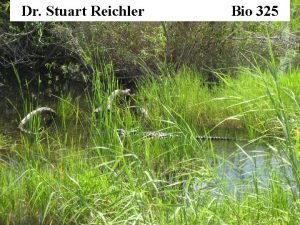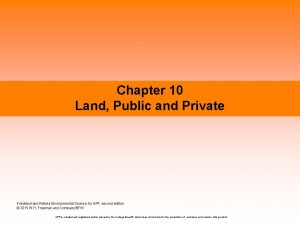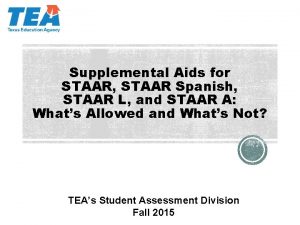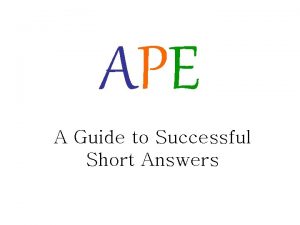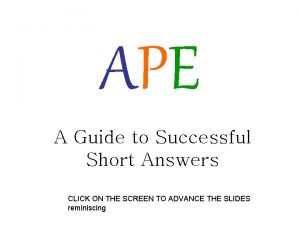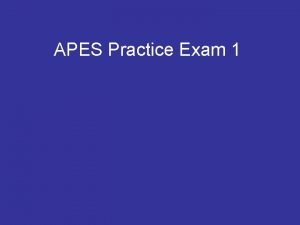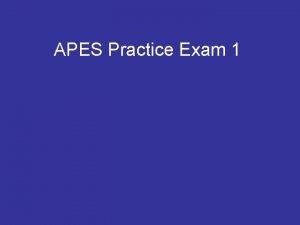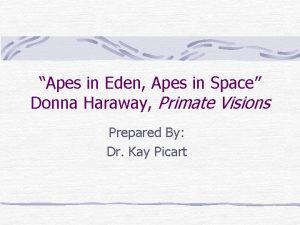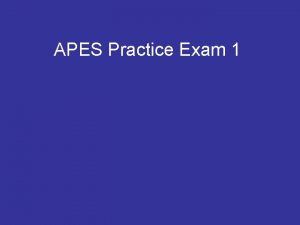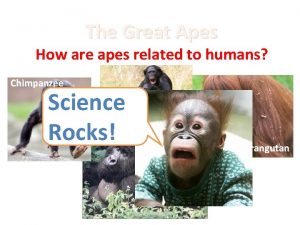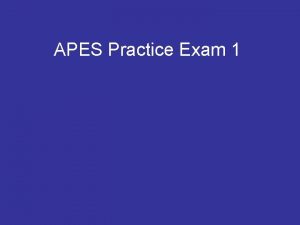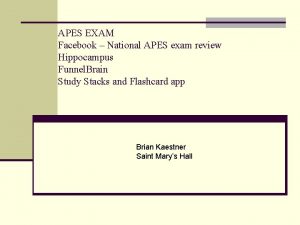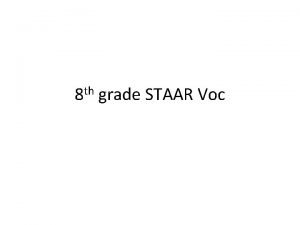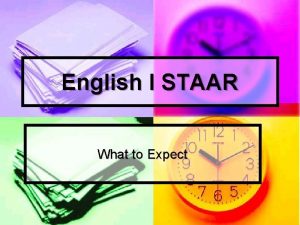APES A Guide to Successful STAAR Short Answers























- Slides: 23

APES A Guide to Successful STAAR Short Answers

APES APE is a guide to help you create a complete STAAR Short Answer. If you follow this guide you will be successful on this important exam. You should use the APE on every short answer we do from now until the important test


Get Ready to Color Your World! Materials: When we write, we will use black, blue, red, and green pens. BLACK is the Answer (A) BLUE is for Proving with a evidence (P) RED is for explaining (E) GREEN is for closing Statement (S)

A The first step in creating a successful short answer is to A - ANSWER THE QUESTION You should first RESTATE the question & then answer the question CORRECTLY



Sample Question How would you describe third little pig in “The Three Little Pigs”? ¡ What do? are you being asked to

Step 1 - Answer the question A – Answer the question completely Your first sentence should reiterate the question and present your idea.

Answer the question… In the fairy tale “The Three Little Pigs, ” the third pig is very wise. (All should be in black. )

Now it’s your turn! Restate the following questions on your notes page 1) How does the monsoon “bring disaster but also sustain life”? 2) Why is “It’s Never too Late” a good title for this passage? 3) Based on the information from this passage, would you rather graduate from a large school or a small school? 4) Do different colors have an effect on people? 5) What was the author’s purpose in writing the newspaper article “Zoo Unveils Hank and Phil”?

P After RESTATING the question, answering the question CORRECTLY and giving a REASON for your answer you must then P – PROVE YOUR ANSWER You should use evidence from the passage to support your answer. The EVIDENCE MUST PROVE your answer.

Step 2 – Prove with evidence P– Prove with evidence. Start your sentence with your own words… Text Evidence = Supports for your answer (facts, quotes, examples, etc. from text) Text Evidence can’t be argued with—a quotation is evidence that supports your point and comes straight from the story.

Prove with evidence… Remembering his mother’s warning about a wolf, he “builds his house out of sturdy brick. ” The sentence begins with the writer’s own words/interpretation to set up a quote from the actual story.

P is for… 0 Proof! You can’t make a statement about a text without providing proof to back up your argument. 0 Relate this to lawyers in the courtroom. They can’t just say, “Justin stole the clothes from the store!” They have to provide PROOF to PROVE that Justin stole the clothes. 0 When writing about texts, your proof comes in the form of textual evidence (quotes from the text).

Embedding Proof (P is for…) 0 When you add a quote from a text, you can’t just plop it in and call it a sentence. Here is an example from our question about Helios. 0 Here, the quote is plopped into the paragraph as its own sentence: “Helios is upset because Odysseus’ men ate his cattle. ‘So overweening, now they have killed my peaceful kine, my joy at morning when I climb the sky of stars…” 0 Don’t do this! 0 Here, only part of a quote is embedded into my own writing: Helios threatens to take the sun to ‘light the dead men in the Underworld’ if Zeus does not punish Odysseus’ men for slaughtering his ‘peaceful kine. ’ 0 Do this!

Embedding Evidence (P is for…) 0 TIP: Begin a sentence that has an embedded quote with your words first. Then, smoothly incorporate your quote into your sentence. 0 Avoid using phrases in your quotes like “he says” or “states” or “she says. ” This is boring for your reader and shouts “I AM ABOUT TO QUOTE SOMETHING FROM THE TEXT!” It is not sophisticated writing. 0 Make sure your verbs are in present tense. 0 When necessary, change all first person pronouns (I, me, us, we) to third person pronouns (him, he, they) by using brackets.

E E – EXPLAIN YOUR ANSWER This statement is simply a restatement of your answer. Do NOT introduce any new ideas.

Step 3 - Explain E– Explain your quote to your answer through analysis, interpretation, explanation, or insight into how the text supports your opinion. Begin your commentary with: “This (action/trait) shows that…”

Explain! This decision shows that the third pig is intelligent because he built his house out of strong materials to outwit the wolf.

S is for… 0 Special Closing Statement. 0 This is the last one or two sentences of your answer. 0 Wrap up your thoughts and claims that you made in your answer. 0 Your goal with the S part of APES is to wrap up all of your ideas into a nice little package of coherent thought. 0 If you get really stuck, you can use a new transitional word or phrase such as “As a result…” or “What this shows…”

S is for… 0 WATCH OUT for these closing statement traps: 0 Do not use “In conclusion…” 0 Do not repeat word-forword what you have already said. 0 Don’t bring up a new idea that you haven’t already addressed.

Does It Flow? Prompt: How would you describe third little pig in “The Three Little Pigs? ” In the fairy tale “The Three Little Pigs, ” the third pig is very wise. Remembering his mother’s warning about a wolf, he “builds his house out of sturdy brick” and the wolf “huffed and puffed” but could not blow the house down. This decision shows that the third pig is intelligent because he built his house out of strong materials to outwit the wolf. After all, we all want to build our house with a firm foundation.
 Long and short
Long and short Staar scoring guide
Staar scoring guide Apes soil analysis lab answers
Apes soil analysis lab answers Short answer response
Short answer response Short response questions
Short response questions Island oasis staar answers
Island oasis staar answers Turbidity apes
Turbidity apes Tertiary treatment of wastewater apes
Tertiary treatment of wastewater apes Subsurface mining definition apes
Subsurface mining definition apes Ape response examples
Ape response examples Apes response
Apes response Apes writing
Apes writing Apes response
Apes response Unit 6 apes
Unit 6 apes Easter island tragedy of the commons
Easter island tragedy of the commons Apes frq
Apes frq More than to the visionary his cell
More than to the visionary his cell Apes frq 2013
Apes frq 2013 Positive vs negative feedback loop apes
Positive vs negative feedback loop apes Apes percent change
Apes percent change Atmospheric convection
Atmospheric convection Apes 325 template
Apes 325 template Urban blight definition apes
Urban blight definition apes Ap environmental science biodiversity
Ap environmental science biodiversity

